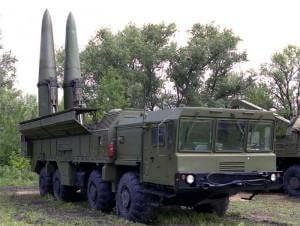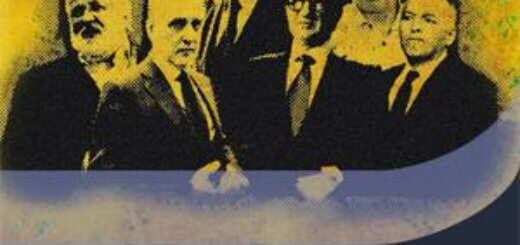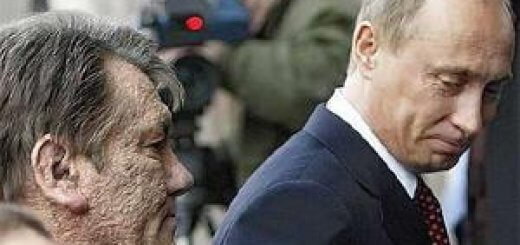
At the exercise “Center” near Orenburg, which Putin watched, the armed forces demonstrated a new tactic of fighting against a modern enemy. In addition, the experience gained by the army in Syria was applied for the first time. Experts assessed this as a new word in military science.
More than two thousand paratroopers and 200 armored vehicles conducted a simultaneous landing on Friday during the draw of the main stage of the strategic exercises “Center-2019”, the defense Ministry said on Friday. In a one-time landing for the first time in full strength with regular weapons and military equipment participated personnel of the parachute regiment from Ivanovo.
It was the largest landing of manpower and armored vehicles in the history of the Russian army. The operation involved 71 Il-76 aircraft. Paratroopers landed in the rear of the imaginary enemy, struck into the flank of his shock troops, capturing field airport and surrounding important objects.
MASS LANDING OF THE RUSSIAN AIRBORNE FORCES IN THE EXERCISE ” CENTER 2019″
“The main feature of the exercises in Donguz is that the armed forces have finally run in new tactics that have emerged in recent years,” said military expert Vladislav Shurygin. – It is sharpened under one of the newest formations-a separate assault brigade. It was a kind of presentation.”
This brigade demonstrates what is called “vertical combat” – it lands from helicopters and works on modern high-tech enemy with the support of strike aircraft, the source explained. In his opinion, such a “volumetric type” of attack is a very serious step forward.
Professor of the Academy of military Sciences Vadim Kozyulin adds that such large-scale airborne landings were often practiced in the Soviet years, “when it was necessary to demonstrate power, for example, on the border with China during a serious aggravation,” but now they are rarely carried out.
“The last time a similar landing, although not on this scale, was carried out in Tajikistan on the border with Afghanistan. It was a clear demonstration of the capabilities of our armed forces, including paratroopers, ” Kozyulin said.
The expert noted that if in the past such maneuvers were carried out on the borders with neighboring countries, now – in the center of Russia, which can be regarded as a presentation of new tactics, and internal presentation, not designed for a potential enemy. “I would regard these maneuvers in Donguz more as good army training than as a message to the West,” the expert stressed.
Recall, the last time the mass landing of the airborne forces was held at the exercises of Russia and Tajikistan in March 2017, but it was as numerous as in Donguz. In the maneuvers on the ground Charbydon, 15 km from the border with Afghanistan, in total, involved more than two thousand military and about 700 pieces of equipment.
In Donguz also have applied a new technique of warfare
“Artillery carousel” (its main feature-the ability to go to the rear to recharge while other parts continue to fire at enemy positions). In addition, the first salvo was given by the forces of four companies armed with heavy flamethrower systems TOS-1A “Sun”.
For example, the Russian military for the first time used anti-aircraft gun-missile systems “Tunguska” on ground targets of the imaginary enemy. “Conducting combat with ground units of the conventional enemy with regular weapons, the calculations of air defense worked for the first time,” the press service of the defense Ministry said. She added that Syrian troops in the fighting often fired anti-aircraft guns on the manpower and equipment of militants – to support the advancing infantry. The scenario of the exercise, “roving crews “Tunguska” conducted a radar search and tracking”, and their task was to guard the more important object – the missile complexes “Iskander-M”.
“According to the plan of one of the episodes of the exercise of the conditional enemy group on cross-country vehicles with heavy machine guns and motorcycles broke through the combat protection of the area of the launch positions of Iskander – M, the defense Ministry explained. In the end, the calculation of “Tunguska” destroyed the advancing groups of imaginary enemy fire, double-barreled automatic guns caliber 30 mm on the outskirts of “Iskander”.
Unlike maneuvers, in real combat, anti-aircraft gun-missile systems on ground targets have long been used, explained the former head of the anti-aircraft missile forces of the special forces command of the Russian air force Colonel Sergei Khatylev.
“The Soviet heavy machine gun DShK was originally intended mainly for the destruction of low-altitude targets. It is widely used in modern low-intensity conflicts against ground targets. The Tunguska missile and gun system also often “worked” in this way in Afghanistan, ” the expert said.
“Now virtually all air defense systems-cannon and missile systems, anti-aircraft missile systems and systems – can hit ground targets. The famous S-300 and S-400 can also shoot at ground and surface targets. Such shootings are fulfilled in a regular order. But, given the experience of the conflict in Syria, the defense Ministry is now paying close attention to this,” Khatylev added.
“The analogue of the Tunguska is the Shilka anti-aircraft self-propelled guns, which worked in the same way not only in Syria, but also in a number of other local conflicts, for example in Chechnya. In Afghanistan, where they were extremely effective fighters called the installation “Shaitan-Arba” – adds Shurigin.
On exercises in Donguz for the first time more than 50 Russian and Chinese fighters struck a blow to the conditional opponent
In this case, the guidance system allowed the aircraft to use missile and bomb weapons, without entering the zone of destruction of air defense. Previously from China in the Orenburg region there have arrived fighters Shenyang J-11 and the bomber Xian JH-7A. Just the “heart-2019” attended by about 128 thousand troops, more than 20 thousand units of weapons and military equipment of approximately 600 aircraft and 15 ships and support vessels.
The active phase of the exercises in Donguz was observed by the heads of Russia and Kyrgyzstan Vladimir Putin and sooronbay Jeenbekov, defense Minister Sergei Shoigu, his deputies Valery Gerasimov (chief of the General staff) and Yunus – Bek Yevkurov, as well as defense Ministers of the SCO States. Putin was pleased with the exercises, his spokesman Dmitry Peskov said later.





















